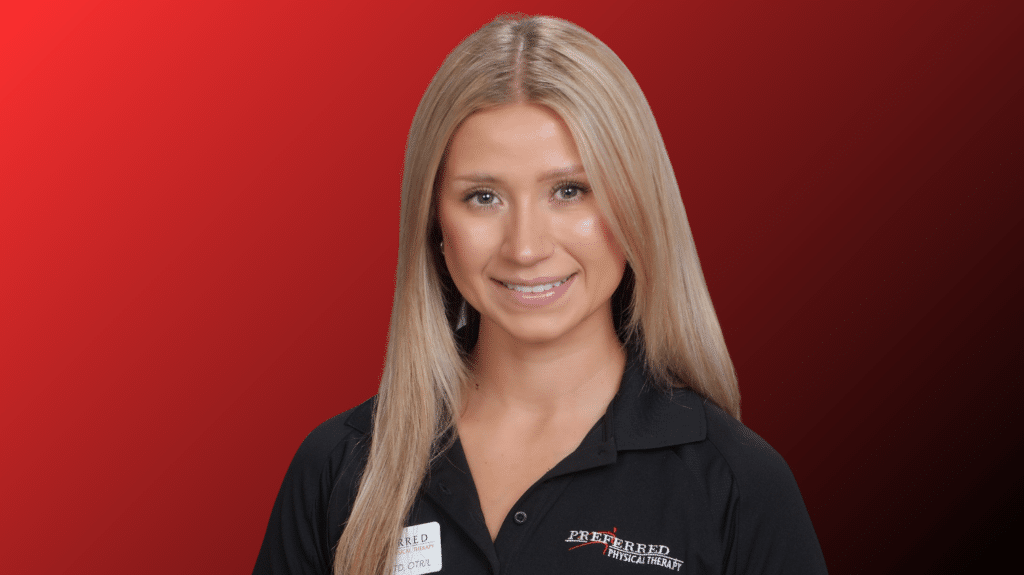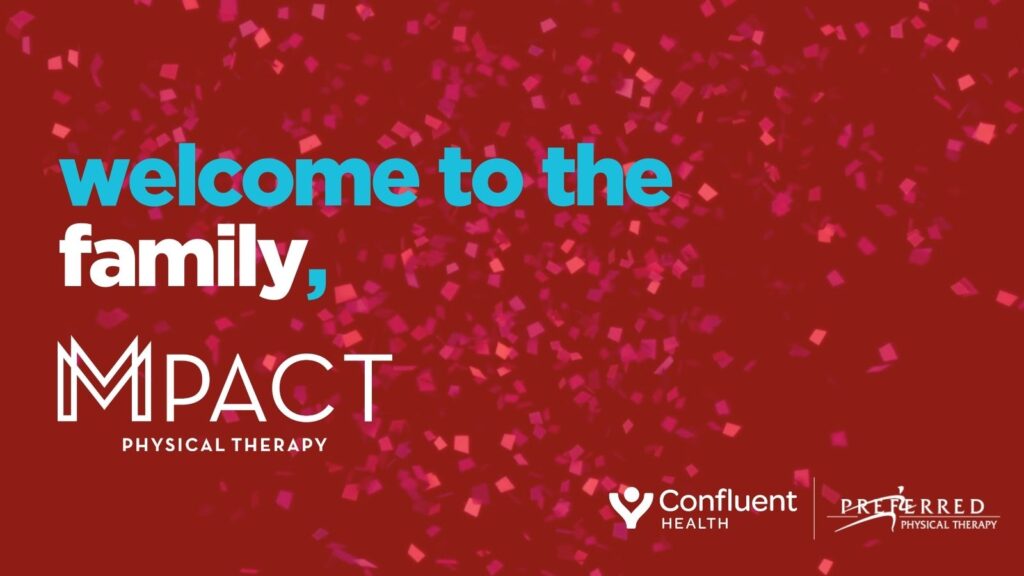What causes the glutes to become weak?
The gluteus maximus is the largest muscle in the body especially in terms of density and mass, the glute muscles also have a large job including maintaining posture of the trunk and supporting the weight of the body. There are three sets of gluteal muscles largest being the gluteus maximus, the glute medius which controls sideways movements and stability of the hip, and glute minimus the smallest which mainly functions to avoid “falling in” of the leg while in use.
Typically, the most prominent cause of weakness in these muscles is lack of activity or sedentary lifestyle. As technology advances and more people are confined to desk jobs in which most of the day is spent in a sitting position, the glutes atrophy and the anterior hips become accustomed to a shortened position. The issue that this creates is that the anterior hip, or more accurately described as hip flexors, become tight and can alter posture of the pelvis, hips, and lumbar spine. As posture is altered the glute muscles find themselves even less relied upon due to improper body mechanics during activity. Atrophy can also be seen in the glutes following an injury or post-operatively from a surgery to hip/knee/or back that causes the person to be unable to perform activities that work these muscles, for example being in a back brace for 2 months or non-weight bearing on crutches for 6 weeks.
How do I strengthen my glutes?
+Squats- either full standing, (or up and down from chair), (or mini squats)
+Clamshells
+Bridges, (single leg bridges), (bridges with upper back on swiss ball), (bridges with feet on swiss ball), (bridges with hamstring curl on swiss ball)
+Hip extension in standing (or while on hands and knees) (or while lying on stomach) (or on stomach over the swiss ball)
+Sideways leg lifts while lying on side (or standing)
+Stairs
+Donkey kicks
+Fire hydrants
+Glute sets
+Resisted sidestepping and monster walks
If you have issues with knee pain, back pain, or bad posture it may be a good idea to begin some gentle strengthening such as glute sets where you squeeze and hold your bottom. Bridges within pain-free range where you tighten the bottom and try to lift while lying on the bed or floor with your knees bent. Clams in which you lay on your side with knees bent and open and close the knees while keeping the feet together. If any of these activities are very difficult it is likely an indication that your glutes are weak or inactive. If that is the case, continue gentle glute exercises and progress exercises as you get stronger. Always be cautious with new exercises as going overboard with reps and sets or weight can cause delayed onset muscle soreness which results in sometimes severe soreness of the muscles 24-48 hours following exercises. If possible, try to find a source of instruction for new exercises such as video, handout or instruction from a professional as having good form will be most effective and help avoid un-necessary soreness.
Content provided by Lauren Cahn, CPTA




